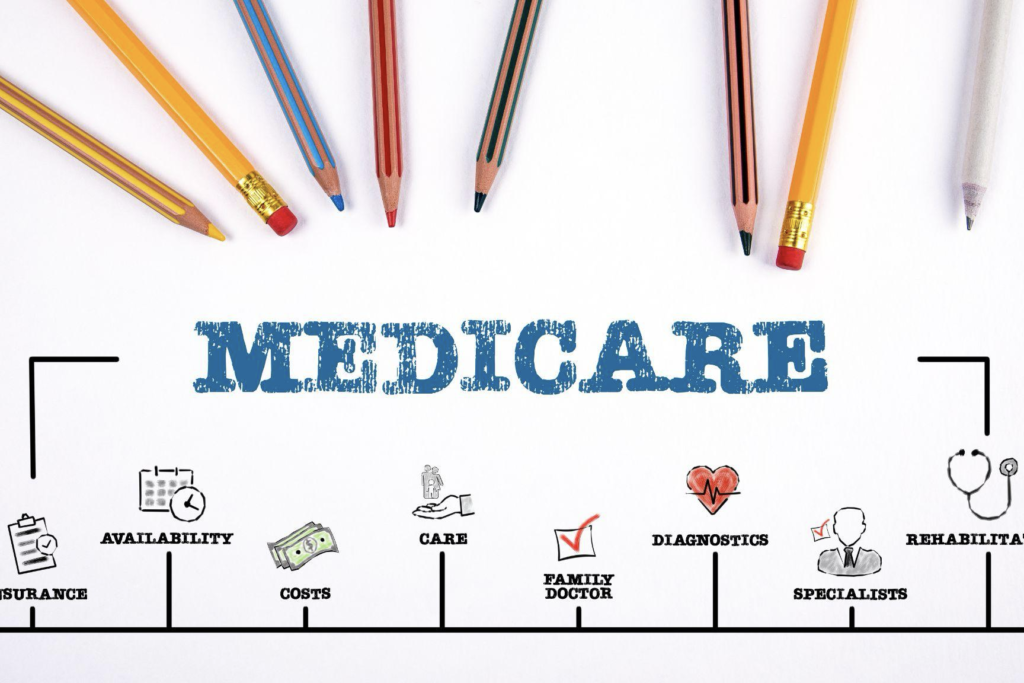Are you a federal employee who is about to retire with Medicare on the horizon? Well, before you make any assumptions about your health benefits, it’s time to debunk some of the most persistent myths that have been circulating.
From misconceptions surrounding coverage options to concerns about costs and limitations, this article aims to shed light on the truth behind federal employee health benefits and their relationship with Medicare and employee benefits.
Let’s take a look.
Myth #1. Medicare is Free
One of the most common misconceptions about Medicare is that it is free for federal employees. It is true that federal employees are eligible for Medicare, but they are not exempt from the costs associated with this healthcare program. Federal employees, just like any other Medicare beneficiary, must pay premiums, deductibles, and co-payments.
It’s important to understand that while federal employees do receive some benefits when it comes to their healthcare coverage through the Federal Employees Health Benefits (FEHB) program, they still need to enroll in Medicare Part A and Part B once they become eligible.
This means paying a monthly premium for Part B coverage which helps cover doctor visits and outpatient services. Additionally, federal employees may also need to consider purchasing additional insurance plans such as Medigap or Medicare Advantage to help cover some of the out-of-pocket costs not covered by original Medicare.
Myth #2. Medicare Doesn’t Have Deductibles
While Medicare offers a wide range of coverage, there is a common misconception that Medicare does not have deductibles. This couldn’t be further from the truth.
Medicare has several deductibles depending on the specific parts of the program an individual enrolls in.
Part A, which covers hospital stays and skilled nursing care, comes with its own deductible that beneficiaries must pay before their coverage kicks in.
Additionally, Part B, which covers outpatient services and medical supplies, also has its own deductible that must be met each year before Medicare starts paying its share.
Myth #3. Federal Retirees are Automatically Enrolled Once 65
Many people assume that once they turn 65, federal employees automatically become enrolled in a retirement plan. While it’s true that federal retirees have access to retirement benefits, it’s up to them to actively enroll in the appropriate program.
Waiting until the last minute to enroll can lead to delays and complications when it comes to receiving benefits. It’s advisable for federal employees nearing 65 or considering retiring soon to familiarize themselves with the enrollment process well in advance. By being proactive about planning for retirement, individuals can ensure a seamless transition and enjoy the benefits they’ve earned throughout their careers serving our nation.
Myth #4. If Federal Employees Have FEHB Coverage and Medicare are They “Over Enrolled?”
While it may seem like federal employees with both FEHB coverage and Medicare would be over-enrolled, the reality is quite different. Having both types of coverage can be beneficial as it provides additional protection and flexibility in healthcare choices.
FEHB coverage is an employer-sponsored health insurance program that offers a wide range of plans to federal employees. It allows them to choose from multiple options and select the one that best suits their needs.
On the other hand, Medicare is a federal health insurance program for individuals aged 65 or older, or those who have certain disabilities. It works alongside FEHB coverage and helps cover costs not covered by the primary insurance.
Having both types of coverage means that federal employees have more choices when it comes to selecting healthcare providers, as they can access Medicare’s extensive network in addition to the options available through FEHB plans.
This can be particularly helpful when traveling or seeking specialized treatments not covered by their primary insurance. Moreover, having dual coverage also provides an extra layer of financial protection, as some medical expenses may not be fully covered by one plan but could be reimbursed by the other.
Myth #5. Original Medicare Includes Prescription Coverage
Many people mistakenly assume that Original Medicare includes prescription drug coverage. This misconception may lead individuals to forgo enrolling in a separate Medicare Part D plan, leaving them vulnerable to high out-of-pocket costs for necessary medications.
Original Medicare, by itself, does not cover most prescription medications. However, it does offer limited coverage for certain drugs administered in a hospital or doctor’s office setting.
These include drugs used during covered outpatient chemotherapy treatments or other injectable medicines deemed medically necessary.
To have comprehensive prescription coverage under Medicare, beneficiaries must enroll in a standalone Part D plan or choose a Medicare Advantage plan with integrated drug benefits offered by private insurers.
Contact The Federal Educators
Understanding and navigating federal benefits can be a daunting task. However, with the assistance of The Federal Educators, you can gain the knowledge and support needed to make informed decisions about your benefits.
Empower yourself with the knowledge and guidance necessary to maximize your federal benefits and secure a more financially stable future. Contact The Federal Educators at (813) 755-7037 to take advantage of our comprehensive retirement planning services today.



